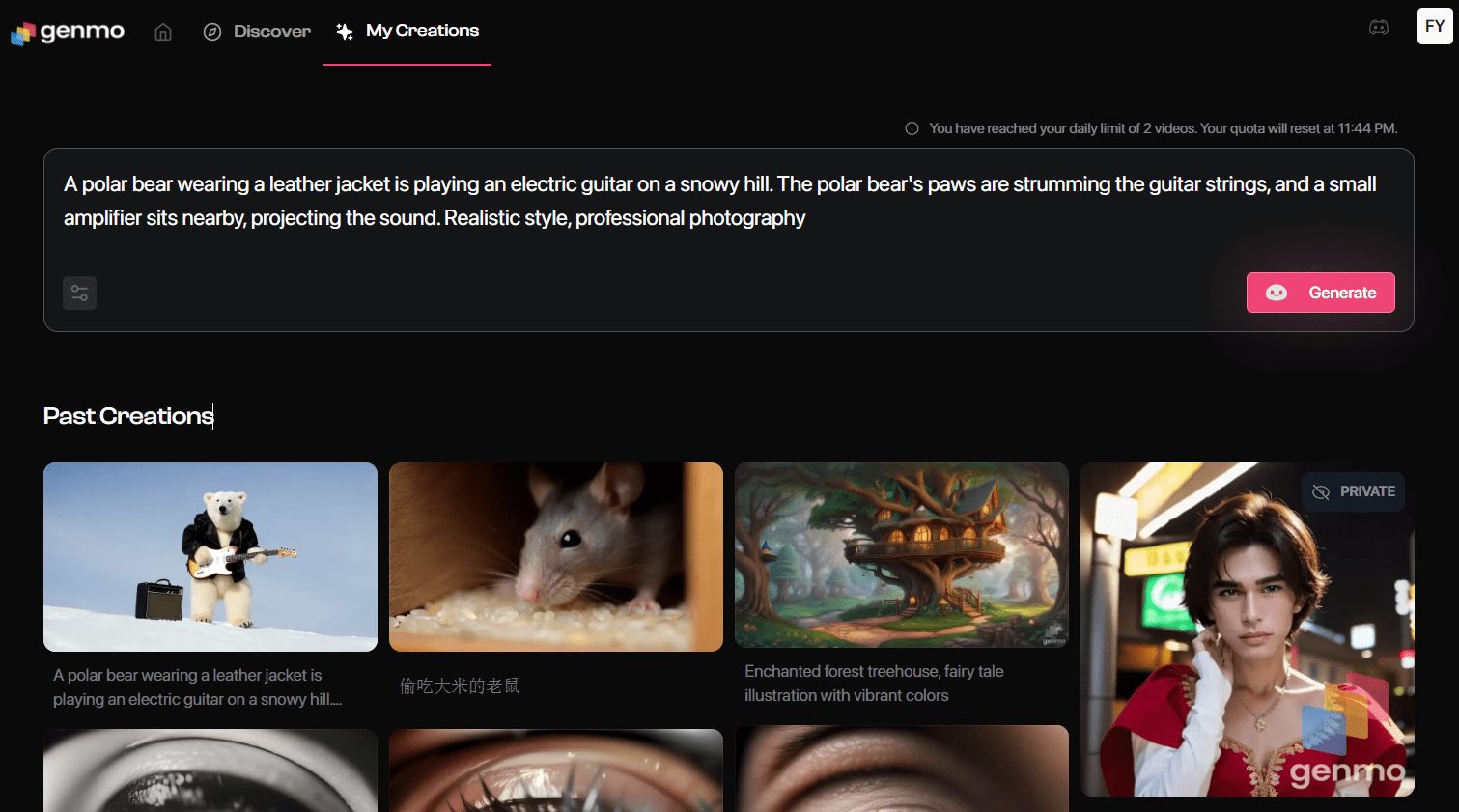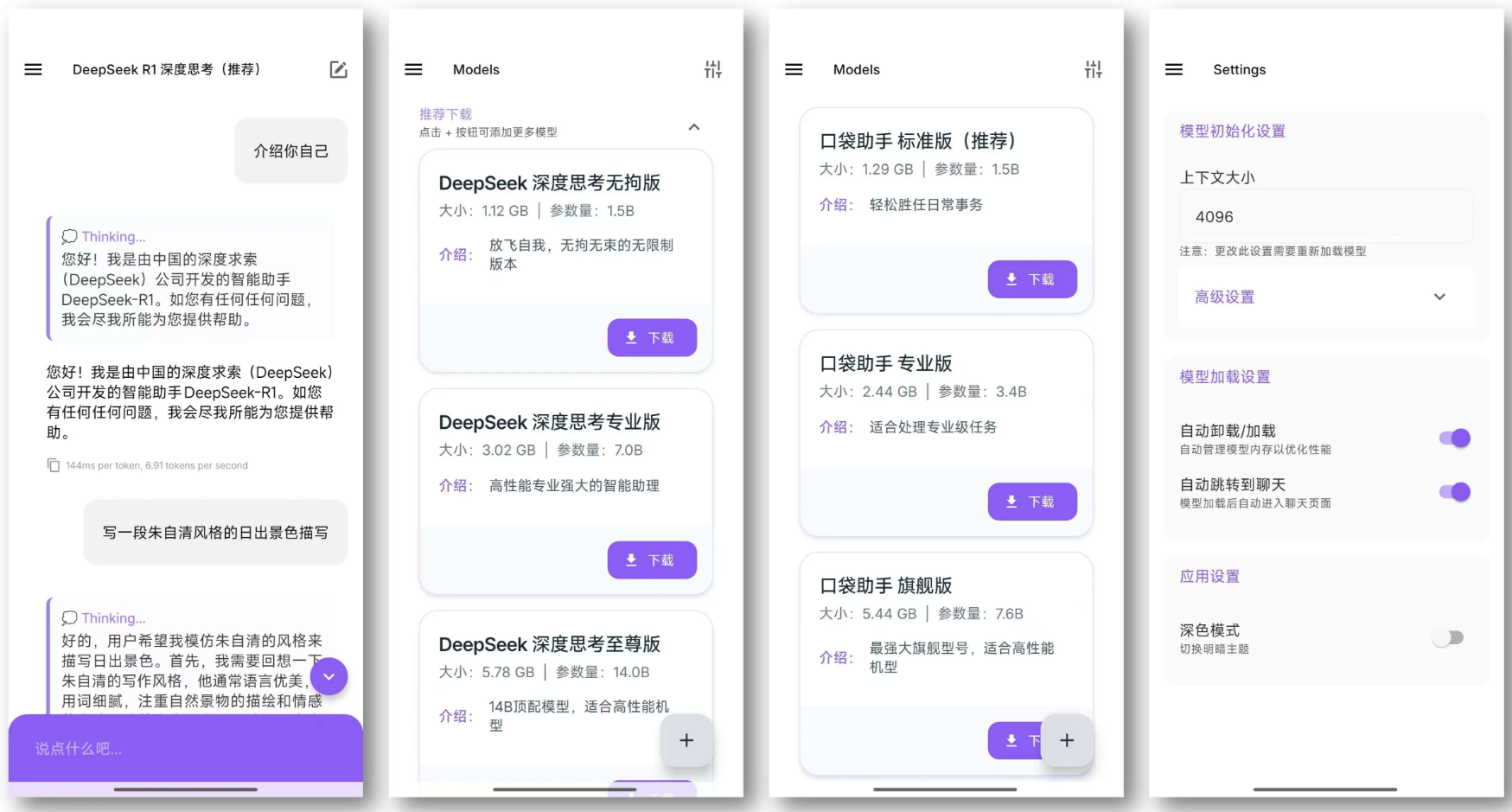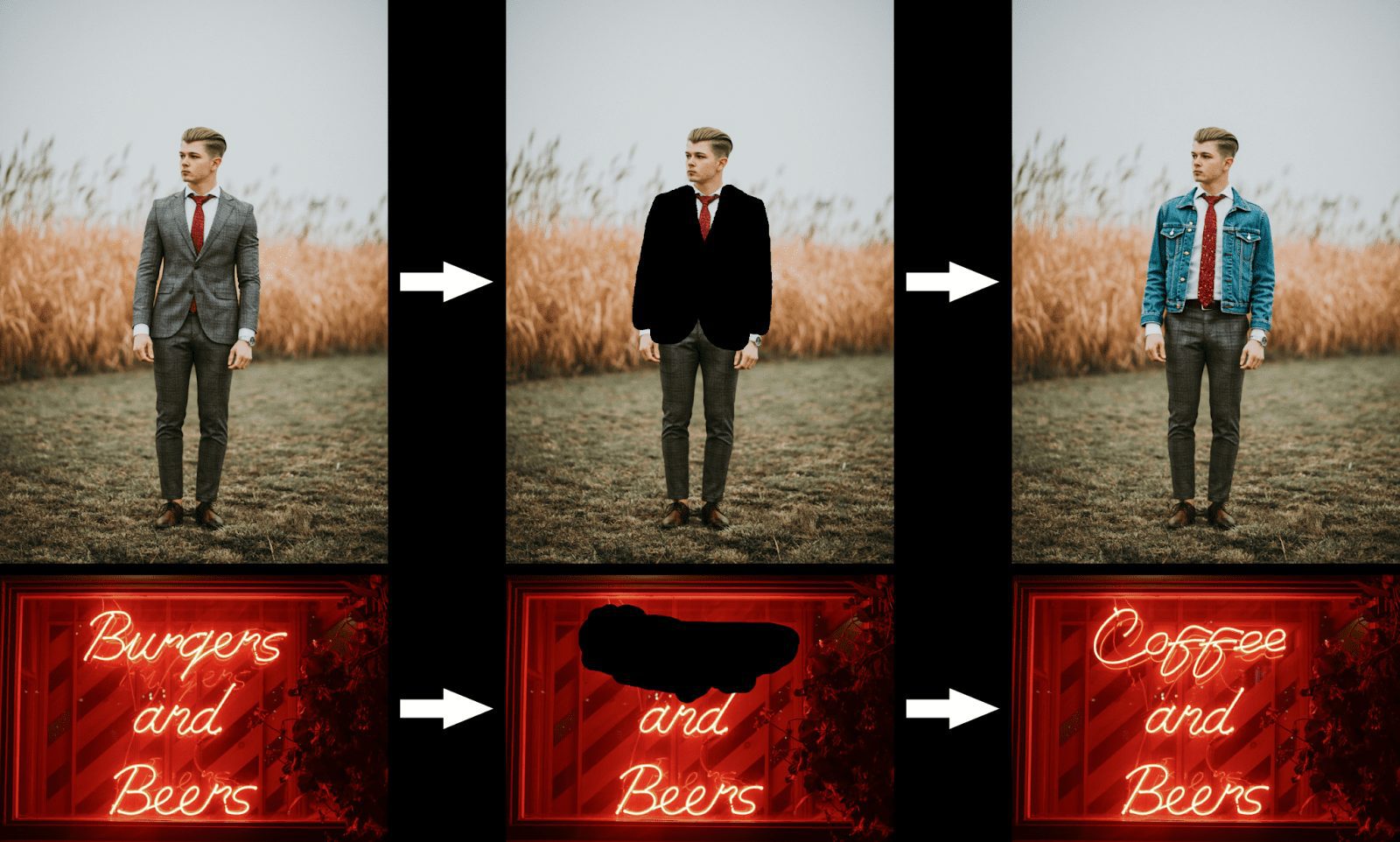RooCline beyond Cline v3.1? Find out what's different about RooCline!
Just a few days ago, we talked about Cline Some of the crazy new features of 3.1.
To be honest, I've personally always had quite a soft spot for Cline, he's really a great open source project : Cline v3.1 Crazy update! Best autonomous AI programming assistant! (Computer usage, MCP protocol, version backtracking, customization tools fully evolved).
I especially like the fast-paced iterative mindset of its founders. In many places, you can see very unique and fresh feature points that no other tool can give.
But that's the way it is in AI, with new models appearing almost every day, it's hard not to think, "If only updates were more frequent." As a result, Roo Cline popped into view.
How is it different from Cline? Simply put, RooCline is an offshoot of Cline, but it has a more aggressive update cycle. In OpenRouter In one week, Cline ran 121 billion tokens and Roo Cline has climbed to 36.5 billion.
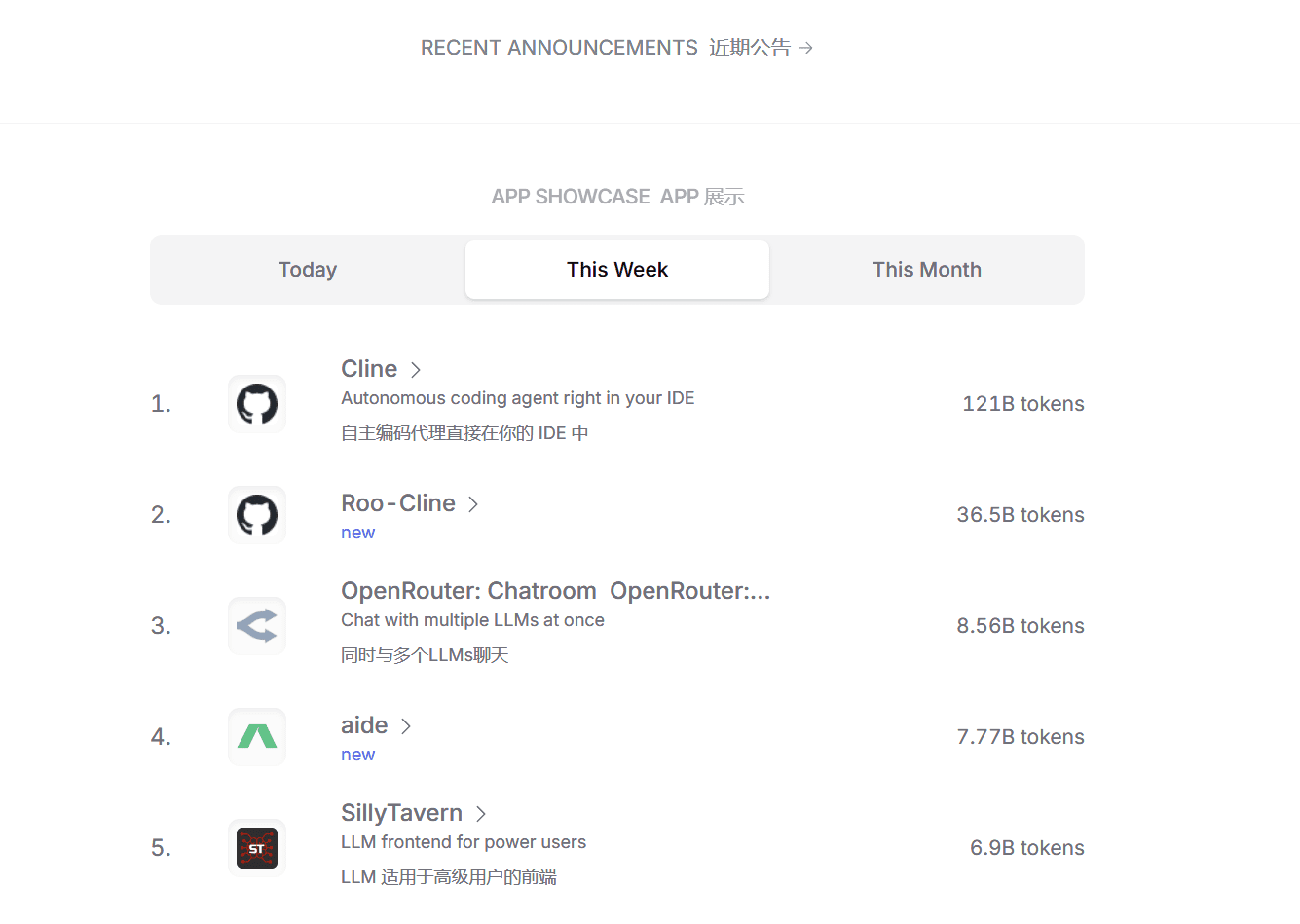
Yes, it's still not as big as Cline, but it's growing fast. It adds some extra experimental features to Cline, and can also self-write parts of its code, with only a little human intervention.
And Cline's consumption of Token The number is high, which more or less affects the daily development costs.
Roo Cline The installation process is simple:
- Open VS Code's extension manager and search for "Roocline".
- Just find the extension with the rocket icon and install it.
Interestingly, Roo Cline itself has been Forked out of other branches, such as Cool cline and Bao cline:
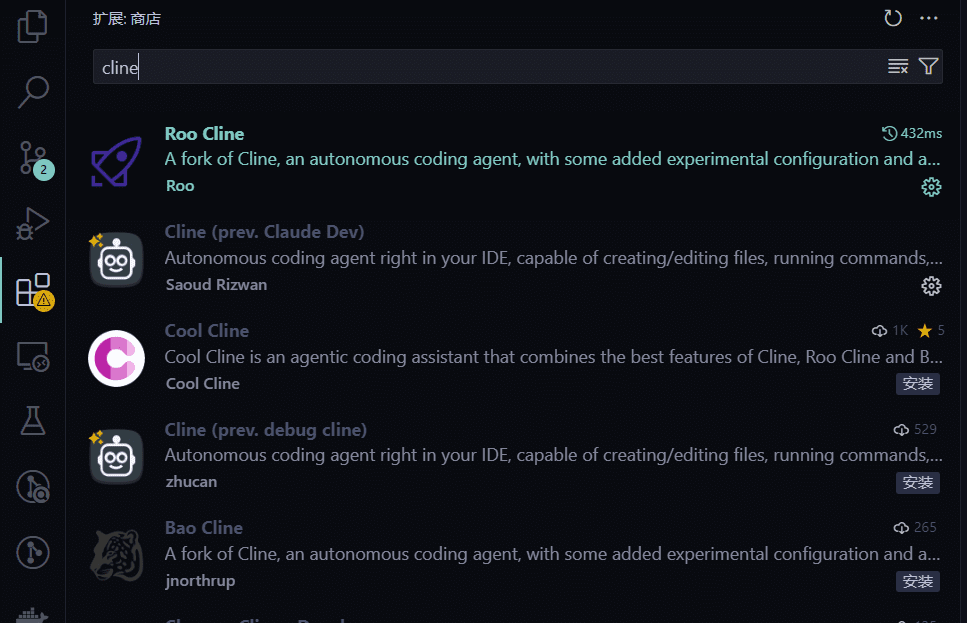
But from my personal experience, RooCline is still the most stable and the best.
It supports @mentioning a section in a chat and then merging the modified content directly into the conversation, or saving different API configurations to switch between various service providers.
As well as adding Drag and drop images to the dialog area to quickly generate or modify the interface, feedback sound, browser call, adjustable screenshot quality, one-click copy prompts in the history, etc., and a file system monitor to more stably detect file changes.
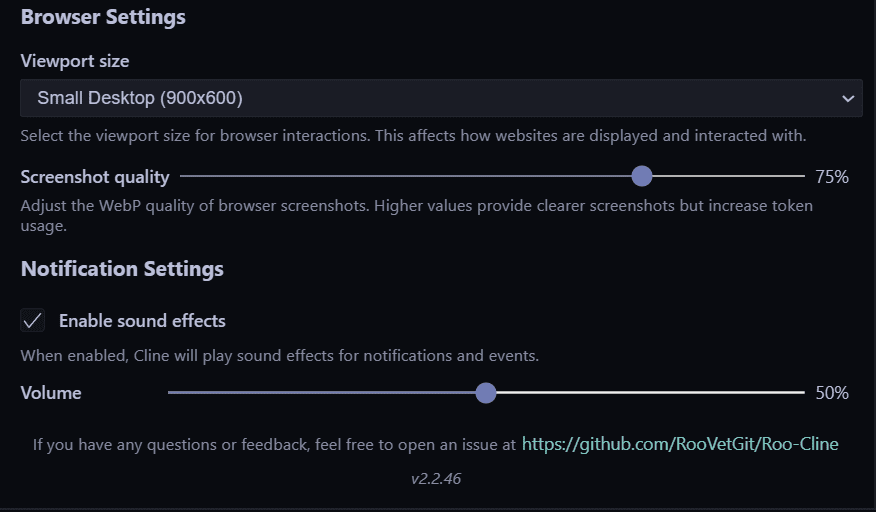
In addition, RooCline is compatible with the usual Chinese, English, Japanese, Spanish, French and German languages:
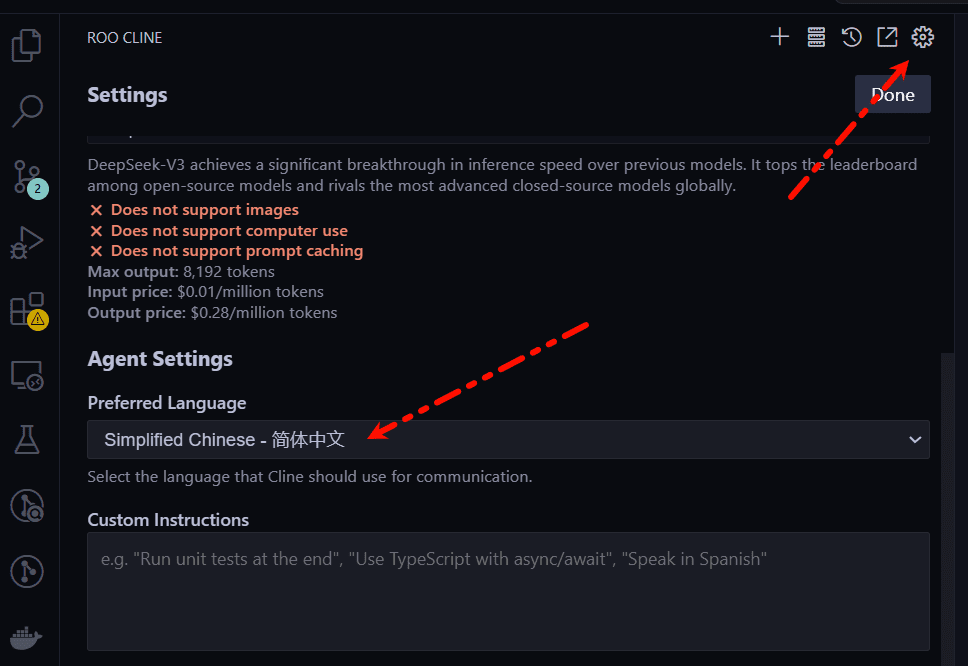
Also support DeepSeek v3, AWS Bedrock, etc., and can list OpenAI-compatible models to combine with streaming tools. RooCline often follows up with support for new models the next day or sooner.
This set of features has many developers excited because they can switch back and forth at any time, plus customize the MCP The setup and auto-retry mechanism would be perfect.
One more small detail: RooCline has the additional ability to control the number of lines of terminal output passed to the model when executing commands compared to Cline, and RooCline does not conflict with Cline, so you can install and use it in parallel.
For example, if I have both Cline and RooCline installed in VS Code, say I'm working on a weather data visualization project, I can drag the design directly into RooCline and tell it, "Build me a dynamic weather charting system using D3.js and Vue3, with support for real-time data updating, and with geographic information displayed.
"While this kind of complex data visualization can't be perfected once and for all, RooCline at least helps you build the skeleton: it gives you a good starting point for everything from SVG mapping to data flow design to geo-referencing mapping. It's a lot easier than starting from scratch on our own.
You can also switch MCP servers, turn auto-approval off or on, debug screenshot quality, and even tweak the language and customize more features. For some people, this depth of customizability is exactly what they want.
RooCline also supports several modeling vendors such as OpenRouter, Anthropic, Google Gemini etc. For many developers, this multi-choice scenario is great for testing or comparing the performance of different models.
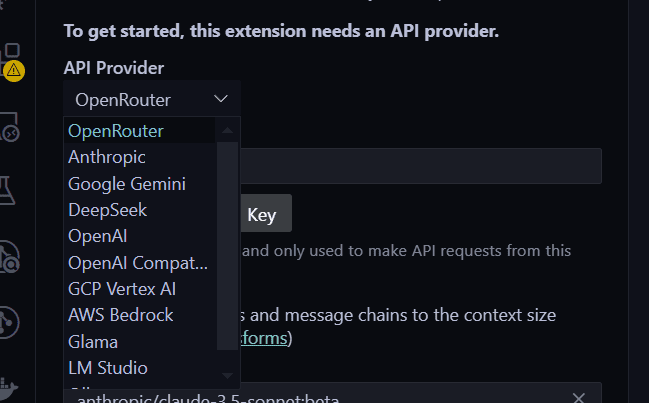
You don't always see all the features in the chat interface, but in the settings panel you can turn on a lot of "gizmos", such as high-risk auto-approval, auto-retry of API requests, permission to perform certain actions, etc. These flexible options make it even more interesting to play around with. These flexible options make it even more intriguing to play with.
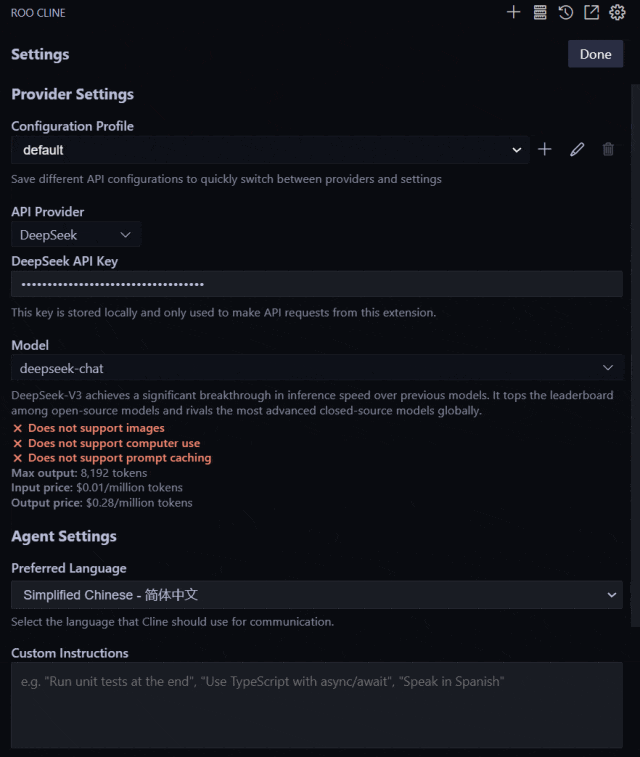
Whether or not a high-risk enabled operation like this one is, for me, one word: take the plunge and slug it out. It has to be all enabled:
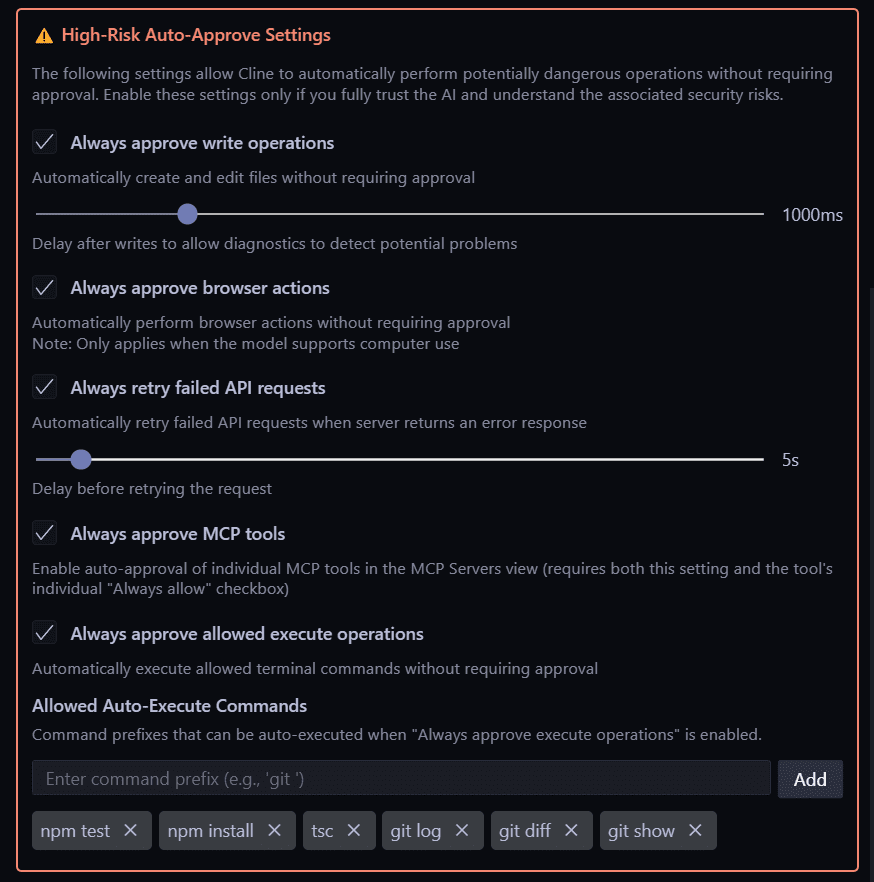
Enable only then full offhand automation, similar to Cursor yolo mode: Cursor version 0.44 is quietly online to experience YOLO mode.
As a test.Throw him that three-in-one cue word at the beginning and tell him to create a Saas website prototype.
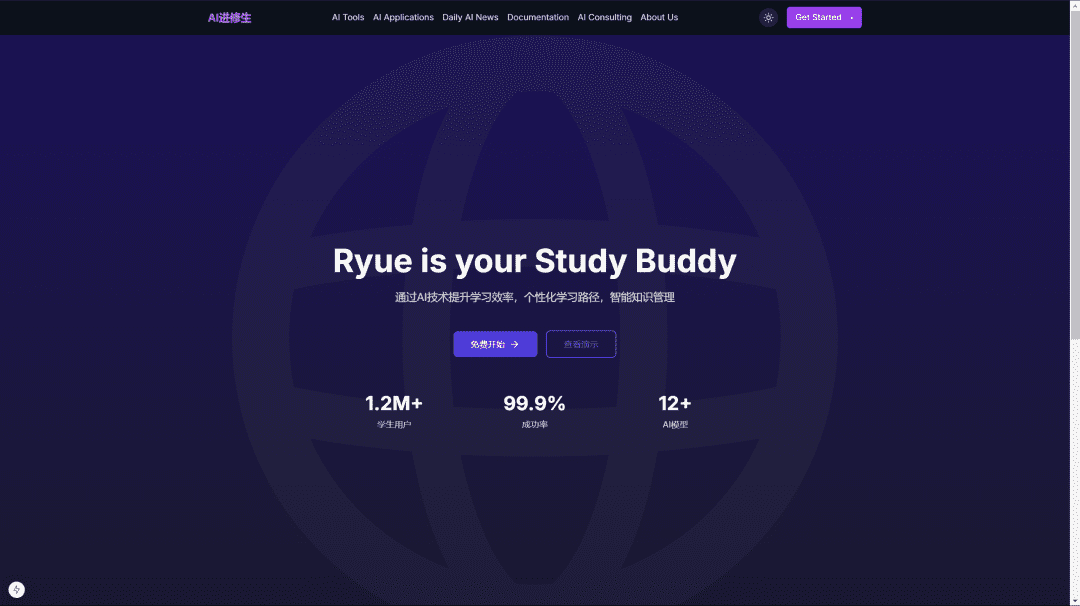
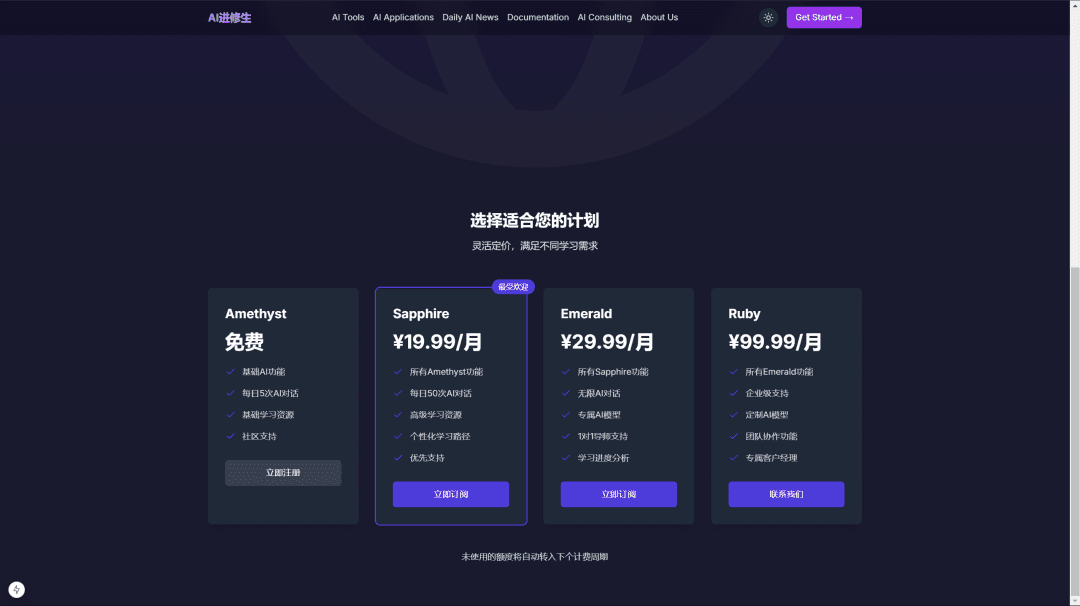
To be honest, it works really well, I was using the Deepseek V3 model, but of course he then couldn't do it because the max context supported by the api wasn't reached:
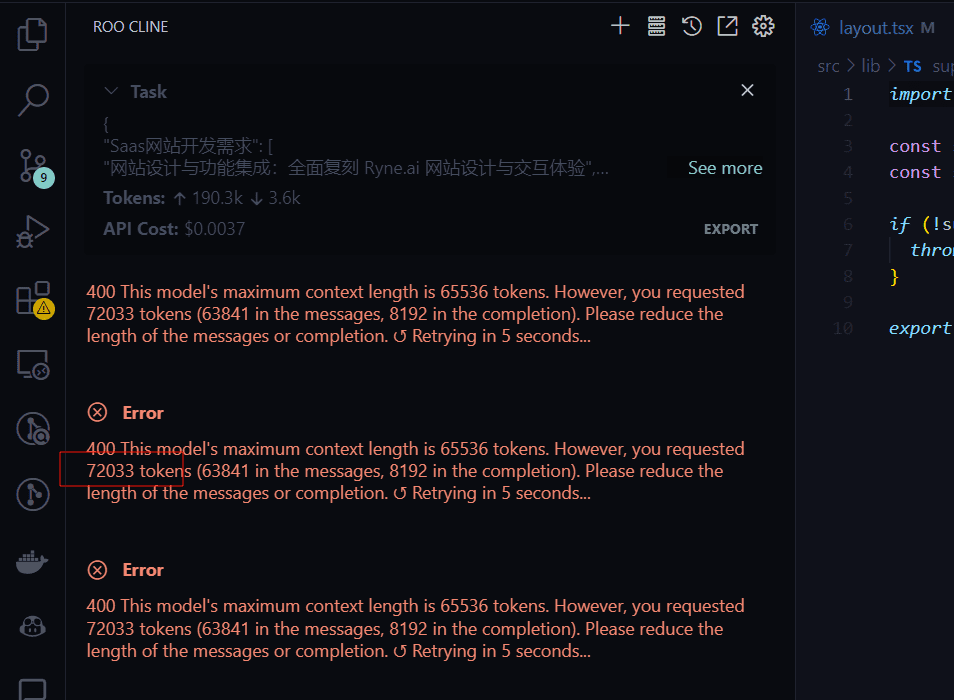
Then after that I switched to the gemini 2 flash model and went to work on it, and after that he also finished the raw map service after logging in:
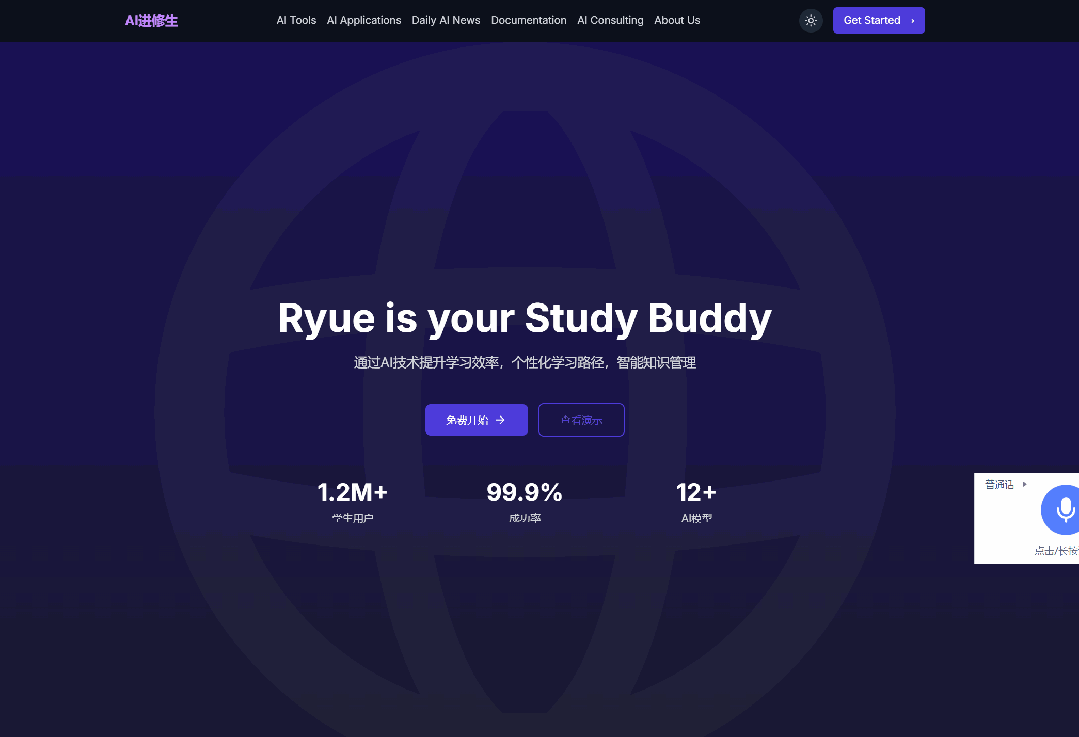
However, gemini 2 flash also has a limit on how often you have to use it, but the good thing is that it's completely free.
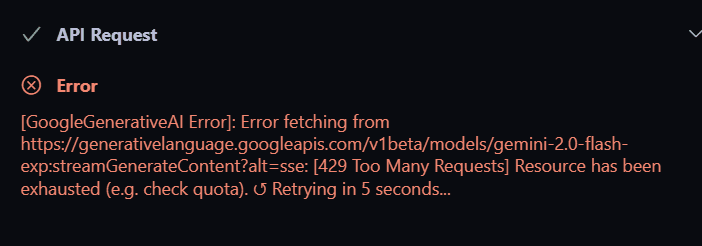
In fact, if you deploy locally, you'll have to consider model contexts for those as well, and a simple one or two graphics cards is basically not very useful:
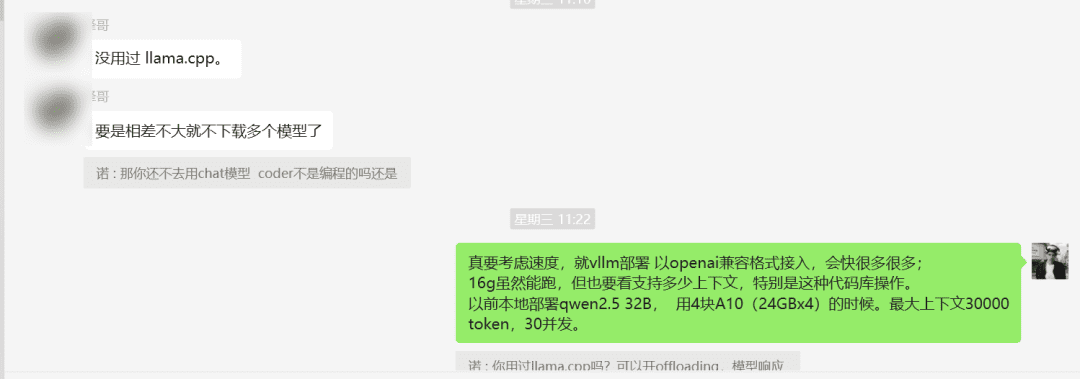
But all in all, it's not Claude 3.5, Roo Cline wrote this interface effect is not bad. And at the beginning of this cue I was in Cline run, and then the error did not solve the problem, then I put in Roo Cline run, and then the interface came out, did not explore carefully, but I feel that the Roo Cline Agent side is a little better.
Secondly, I find that Token consumption seems to be slightly lower compared to performing the same operation in Cline. Maybe it's because it does more caching or batching when interacting, but in any case it's just more cost effective and traffic efficient.
Overall, I feel that the experience with Roo Cline is still very good, processing is fast, he does all the basic work, and it's more off-the-shelf than Cursor.
Also, I personally like its browser & screenshot feature. You can set the resolution, or silently record interaction details to debug.
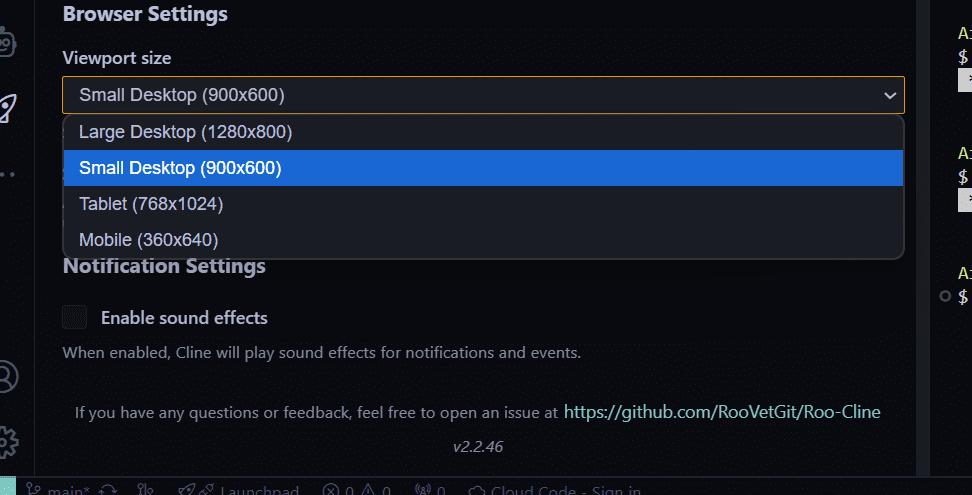
Cline, the open source AI programming assistant that takes open source AI to new heights. If you like Cline, RooCline might surprise you.
© Copyright notes
Article copyright AI Sharing Circle All, please do not reproduce without permission.
Related posts

No comments...

